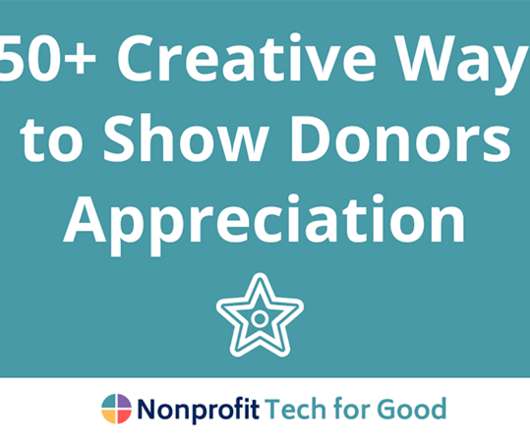A look back at Issue Lab’s top philanthropic resources in 2022
Candid
JANUARY 6, 2023
Creating Cultures and Practices for Racial Equity: A Toolbox for Advancing Racial Equity for Arts and Cultural Organizations , by Race Forward This toolkit aims to help artists, arts advocates, culture bearers, and cultural workers to imagine, plan, and implement racial equity strategies in their organizations.



















Let's personalize your content